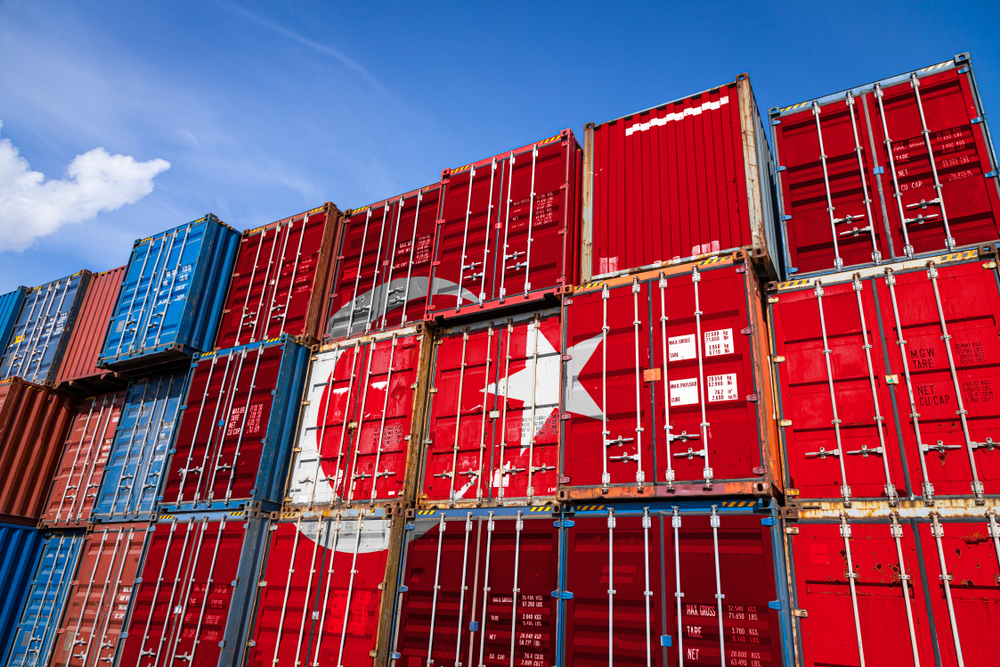People often admire Canada’s beautiful scenery, which includes tall mountains, clear lakes, and large areas of wild land that humans haven’t touched. But inside this beautiful nature is another story that is just as interesting but is sometimes missed: the story of its past. Canada’s historical sites are more than just buildings or artifacts preserved or put behind glass. They are living chapters of a story that is still being told. This story includes the strength of Indigenous people, the drive of explorers, the beat of revolutions, and the voices of immigrants who built a new home brick by brick.
Visiting some of Canada’s most interesting historical places is like returning in time. Every place, from forts and battles to towns and holy places, has a strong, quiet voice. These are the spots where people remember significant events and everyday lives that changed the country in amazing ways.
Echoes of the First Peoples
Indigenous people lived in Canada long before it was a country. They left their mark on the land for thousands of years by farming and living in communities. That past is still living at places in Alberta like Head-Smashed-In Buffalo Jump, where you can still feel the pulse of buffalo hunts and community life from long ago. From the top of the hill, you can see a grassland that goes on forever, and you can also feel a way of life that works with nature instead of against it.
The old town of Nan Sdins in the Haida Gwaii archipelago further north has totem poles and other ruins covered in moss that tell the story of the Haida Nation. Walking through those carved figures while the ocean breeze blows and tells stories of creation, community, and survival feels holy.
These items are not museum displays. They are holy places where history doesn’t stay still but lives on.
CANADA VISA APPLICATION PROCESS
Fortresses of Change
When you stand inside the stone walls of Quebec City’s Citadel, you can feel the stress and victory of colonial times. Views of the St. Lawrence River from this star-shaped fortress remind us of the past power fights in Canada, between France and Britain, between invaders and First Nations, and later between Canada and itself as it tried to figure out who it was.
When you walk through Old Quebec, you feel like you’ve gone back in time. Soldiers, traders, and rebels have walked these cobblestone streets many times. The sharp sounds of French being spoken on a sunny deck mix with the smell of fresh bread from a 200-year-old bakery. History isn’t just on signs and walks around here; it’s part of daily life.
In Ontario, further west, Fort Henry still stands tall in Kingston. It gives you a look into the life of British troops in the 1800s with its guards in red uniforms and gun drills. It’s a place where people can think about what Canada was and what it was becoming, not just the military parades.
The Quiet Stories of Struggle and Hope
History places don’t always make their importance clear. Some, like Pier 21 in Halifax, talk in soft, emotional tones. This area, which is sometimes called the “Ellis Island of Canada,” was the entrance point for more than a million refugees in the 20th century. The exhibits are more than just maps; they tell personal stories. Old photos, handwritten letters, and bags on long trips all tell stories of fear, strength, and hope.
It’s easy to forget that people looking for safety, freedom, and a place to belong formed Canada, not just laws and politics. Each passage reflects this.
And then there’s Batoche, Saskatchewan, a quiet spot where the last fight of the North-West Rebellion occurred in 1885. This is where Louis Riel’s Métis made their last stand. Today, when you walk through this peaceful, sunny spot, it’s hard to imagine hearing shooting. But the weight of history is still there. People are encouraged to think about identity, protest, and the ongoing process of making peace.
CANADA VISA APPLICATION QUESTIONS
Living Legacies
Some of Canada’s most interesting historical places are still alive and changing because of the people there. The lively fishing town of Lunenburg, Nova Scotia, with its bright wooden homes and proud marine history, is more than just a picture on a postcard. In this working-class neighborhood, the past and the present mix together naturally. People who fix up old ships by hand can be talked to, and you can see houses attached to the sea for generations.
The Klondike Gold Rush can still be felt in Dawson City, Yukon, where the wooden boardwalks and well-preserved saloons still make people feel like they’re back in the 1800s. It’s not just gold and grit, though. It’s about the drama of desire, failure, and sticking with something in a place that used to offer wealth to those who were brave enough to go after it.
A Journey into the Soul of a Nation
It’s not enough to check off places when visiting Canada’s historical sites. You should also listen. Hearing the land and the people who lived there, fought for it, and dreamed in it. To understand that history isn’t something that happened in the past. We can feel it, see it, and it’s still being written.
No matter how big or small, solemn or joyful, these places make us want to connect with something more significant. They want us to remember, think about, and picture things. Another important thing they do is tell us that every country is made up of stories. No, those events are not in the past in Canada. They are still being said in places.
Also read: National Parks in Canada You Must Explore




